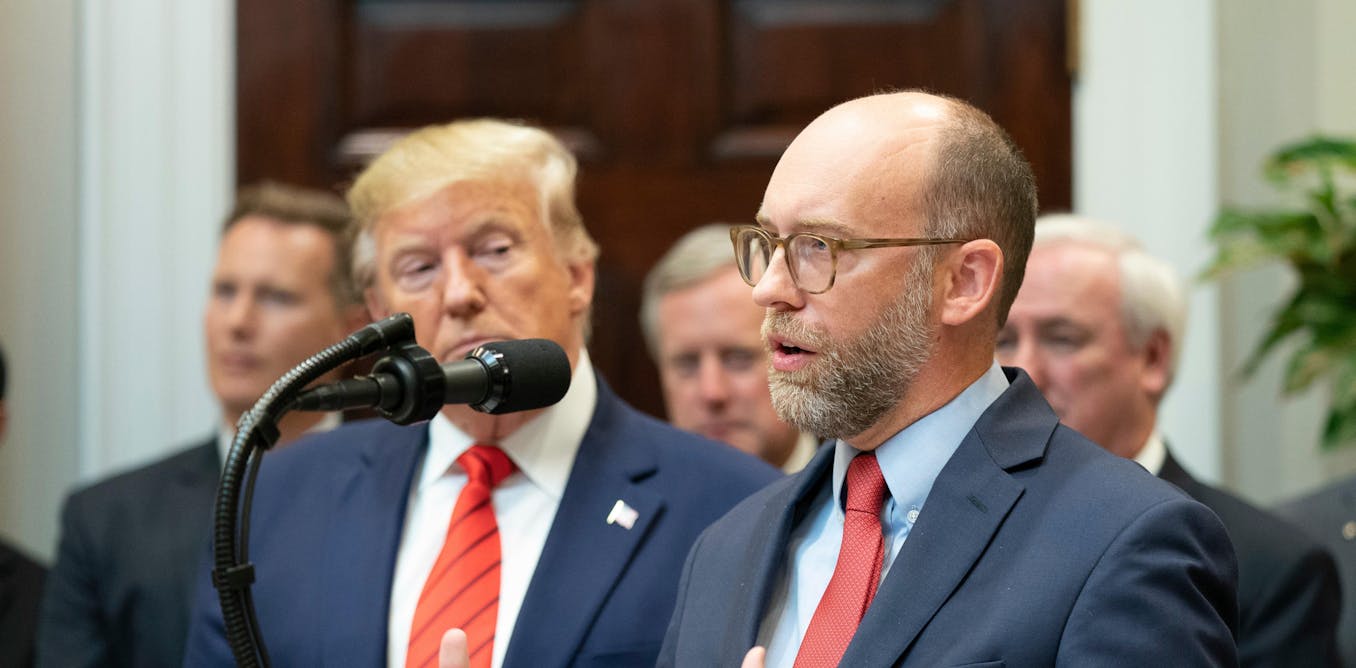by RESEARCHERS, SCIENCE PROFESSIONALS, UNIVERITY STAFF AND STUDENTS
*For
researchers, science professionals, university staff and students based
in Europe, Horizon Europe partner countries or affiliated to an EU
institution*
To:
Ursula von der Leyen, President of the European Commission
António Costa, President of the European Council
Kaja Kallas, High Representative for Foreign Affairs and Security Policy and Vice President,
Ekaterina Zahrieva, Commissioner for Startups, Research and Innovation
Israel’s genocidal war on Gaza, which has raged for over 19 months,
has turned Gaza into hell on earth. Since Israel imposed a total
blockade on March 2, 2025, and unilaterally resumed its military
offensive in violation of the ceasefire agreement, over 2 million people
have been facing the worst levels of hunger, starvation and disability
imaginable, amidst relentless bombings. The level of death, destruction
and human suffering is apocalyptic. The trickle of aid Israel allowed to
enter on May 23 is just a camouflage to avert further international
pressure. Ethnic cleansing looms behind the intensified attacks. The
Palestinians, already suffering from decades of occupation, colonization
and apartheid, are experiencing their darkest hour, as settler
violence, forced displacement and home demolitions engulf the West Bank.
A plausible case of genocide has been found by the international Court of Justice (ICJ), and arrest warrants were issued against the prime minister and former defence minister of Israel by the International Criminal Court (ICC) for war crimes and crimes against humanity. The ICJ
further unequivocally ruled in its advisory opinion that Israel’s
continued presence in the Occupied Palestinian Territory is illegal.
The UN General Assembly resolution further determined that the
Occupation and all illegal activities should be ended by September 2025.
While Israel blatantly ignores the orders of the ICJ and countless UN resolutions, no action has been undertaken by the EU in line with these moral and legal obligations.
On the contrary, the EU continues to grant Israel privileges through
the EU-Israel Association Agreement and shields Israel from
accountability, despite Article 2 of the agreement stipulating “respect
for human rights” as an essential element. Only very recently has a
review of the Association Agreement been initiated. In the meantime,
weapons made in Europe are still flowing into Israel, killing civilians
in Gaza. The past 19 months of your inaction has cost thousands of
lives, with a likely death toll of 100,000 civilians.
While Palestinian universities have been deliberately annihilated by the Israeli military, Israeli academic institutions continue
to enjoy a privileged status as partners of European science under the
framework of the Association Agreement, receiving over €2.6 billion in
EU research funding since 2007.
This includes projects in the dual-use and security research area
involving Israeli academia and arms companies, some even explicitly
mentioning future military applications. Israeli universities, far from
being stalwarts of “academic freedom”, have been an integral part of the
Israeli settler-colonial project since their inception. They produce
scholarship that seeks to normalize and legitimize crimes committed by
the State of Israel, they develop technology and strategies that are
deployed by the Israeli military against Palestinians, and they
undermine academic freedom by repressing critical Jewish and Arab voices
in their own institutions.
It is highly probable that the EU funding to the Israeli
military-security complex involving academia and industry over the past
18 years has played a role in the maintenance of occupation,
colonization and apartheid, given the central role of the security
technologies in controlling, subjugating and repressing the occupied
population. Continued research funding to Israel is not only
morally unacceptable but also exposes the EU to the risk of being
complicit in Israeli crimes of genocide, occupation and apartheid. The
risk is particularly high given that no adequate monitoring mechanism
is in place to prevent misuse of the outcomes of EU-funded research in
the implementation phase after projects have formally ended, leading to
possible violations of international law.
We therefore demand that the EU:
1. Suspend all ties with Israeli research institutions, and revoke Israel’s status as a Horizon Europe associated country
2. Take the lead in reconstructing Palestinian universities and institutions destroyed by Israel
3. Initiate an investigation into the human rights impact of past and future research funding awarded to Israel
Beyond these specific demands we join the call of millions of people
around the globe to end this genocide. We call on you to mobilize all
diplomatic, economic and political leverage, including an arms embargo
and economic sanctions, to pressure Israel to comply with international
law. As Israel’s largest trading partner and a crucial partner for its
research and innovation sector, you have real leverage, and according to
the rulings of the ICJ you have a responsibility to act. Your failure
to do so betrays the core values of the EU, namely respect for human
rights and the rule of law, and undermines the EU’s standing in the
global community.
See ANNEX: Genocide, ongoing Israeli crimes and European complicity
Signatories:
Organisations
-
Dutch Scholars for Palestine (DSP), The Netherlands
-
Belgian Academics and Artists for Palestine/Belgian Campaign for Academic and Cultural Boycott of Israel (BA4P/BACBI), Belgium
-
Association des Universitaires pour le Respect du Droit International en Palestine (AURDIP), France
-
Red Universitaria por Palestina (RUxP), Spain
-
TUDelft4Palestine, Netherlands
-
Scottish Universities Jewish Staff Network
-
Lund Academics for Palestine, Sweden
-
documentingtheleft.org, Israel
- UvA Staff for Palestine, Netherlands
-
Spanish Society for International Human Rights Law
-
Jewish Network for Palestine, UK
-
UAntwerpforPalestine, Belgium
- Scientist Rebellion, Netherlands
- TU Delft Student Intifada, Netherlands
- VDA for Palestine, Lithuania
- Enschede Students for Palestine, Netherlands
- Radboud Staff for Palestine, Netherlands
- University College Dublin (UCD) Justice for Palestine, Ireland
- BK Scholars for Palestine, Netherlands
- Academics for Palestine, Ireland
330 Individuals
ESSF for more









